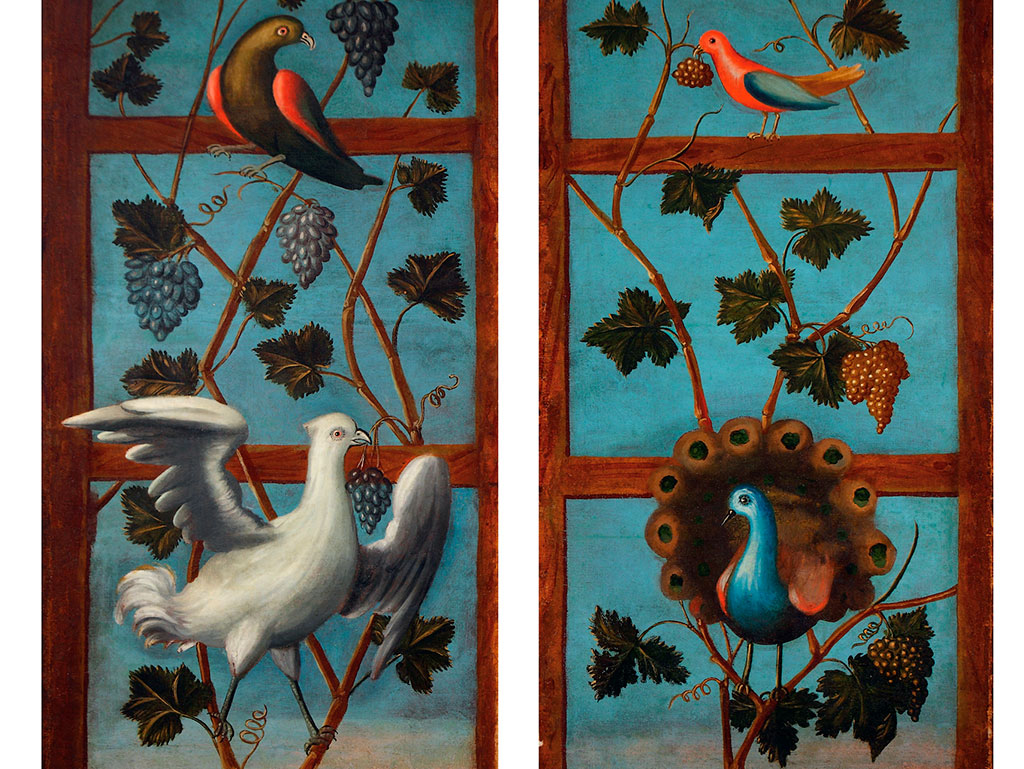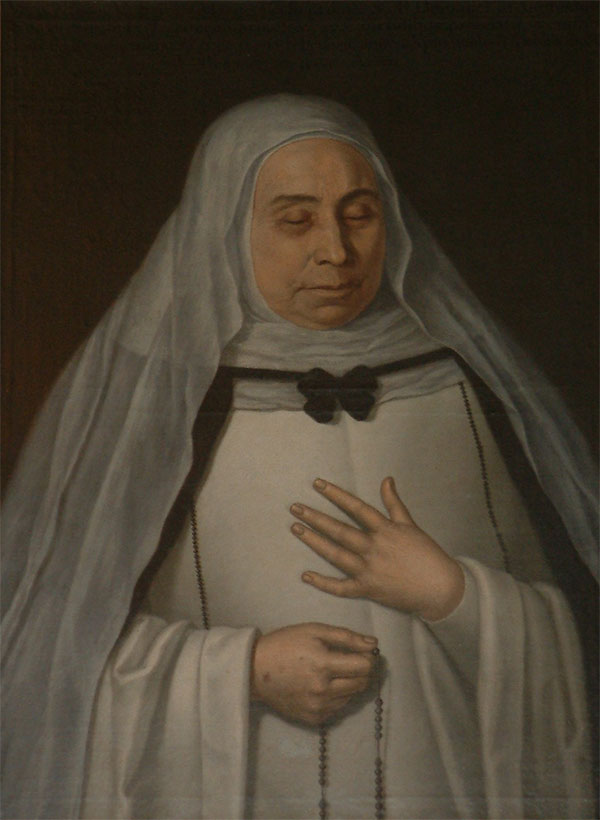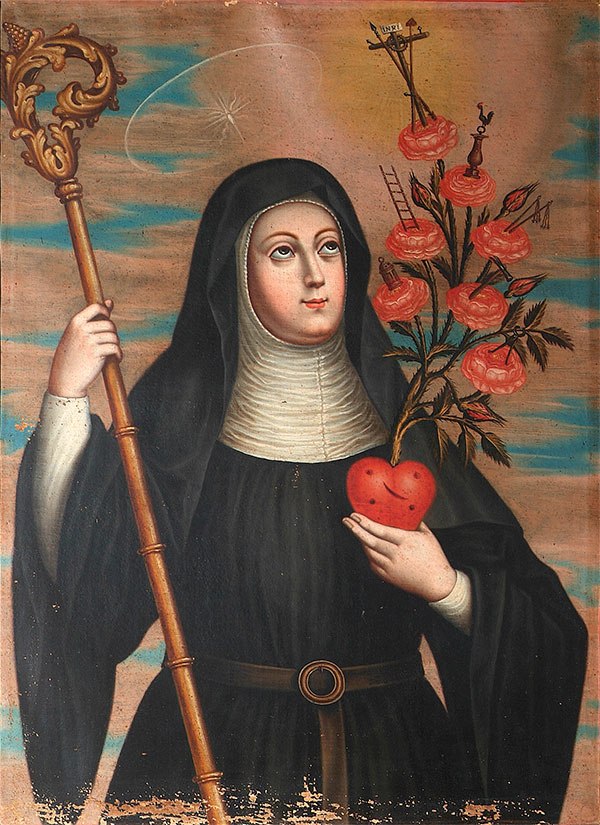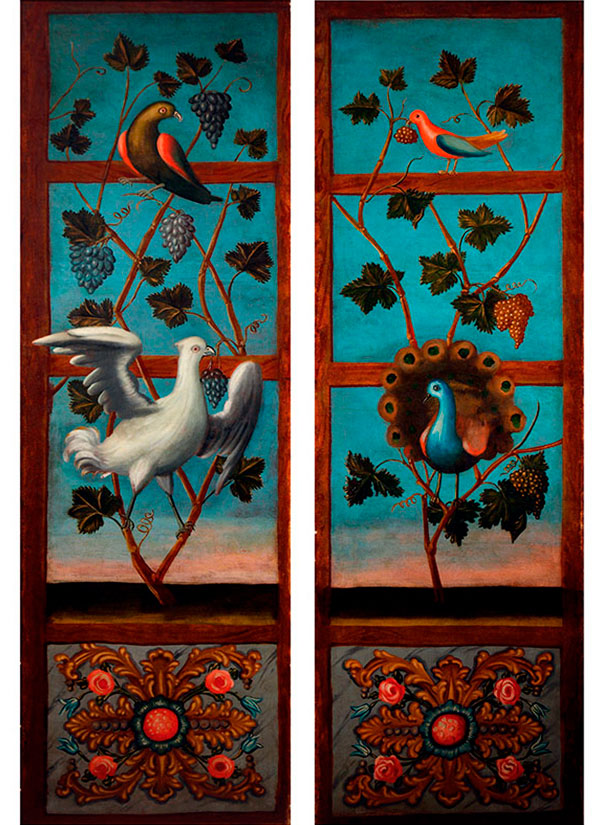Mystic Garden
Sacred art hall will remain closed from March 9 for exhibition change
SECTION 1: MYSTIC GARDEN
The Order of Preachers, also known as the Dominican Order, was founded in 1216 by Saint Dominic and has three orders or branches: the first, friars; the second, nuns; and the third, affiliated seculars of both sexes. The Convent of Santa Catalina de Siena in La Laguna was founded by Juan de Cabrejas and his wife, María de Salas. Built between 1606 and 1611, the first four nuns, who arrived from Seville, entered the cloisters on 23 April 1611.
The monastery is like a town within a town, isolated from and at once connected to it through the church and the puerta reglar, or door to the cloisters. It is built in the main square in La Laguna on the site of what had been the residence of the Adelantados, governors of what were then new territories, in the Canaries.
On exhibit in this section are works associated with the iconography of the order: its mains subjects of devotions, principally the saint who founded the order and the saint who gives her name to the convent, together with other testimonies of cloistered life.
SECTION 2: THE HANDMAID OF GOD
Sister María de Jesús de León Delgado, born in El Sauzal in 1643, entered the convent in 1688 and lived there until her death on 15 February 1731. Virtuous and humble, she had opted to remain a lay member despite having brought with her the dowry required for black-veiled or choir nuns.
Even before entering the cloisters, her life had been marked by miraculous signs, prophecies, penitence and wonders. She was an avid reader and devotee of St Teresa of Ávila, who she tried to emulate. Her celebrated sainthood was endorsed by the fact that her body was found incorrupt three years after her death when it was exhumed to be placed in the sarcophagus where it remains today in the lower choir.
Following two attempts in the nineteenth century (between 1826 and 1832 and again in 1881), the diocesan process for the beatification of Sister María de Jesús was begun again in 1992. The process is currently being studied by the Vatican. On exhibit here, alongside some paintings and sculptures that illustrate the life of the Handmaid of God, are several of her relics.
SECTION 3: THE ORDER AND THE CONVENT
The image of the convent as a peaceful garden has always been very widespread and popular in religious literature. The cloister is like an enclosed garden—hortus conclusus—in which the virtuous nuns grow and flourish but it is also like a miniature labyrinth that symbolizes the search for truth and for grace. At once, it recalls paradise and foreshadows heaven, the eternal paradise.
The convent is set apart from the outside world, an enclave outside time. In the words of Brother Jerónimo Paz, provincial superior of the Dominican Order in the Canary Islands, it is a republic of women, a palace of the daughters of Zion, a mystic garden.
The temporary exhibition Mystic Garden is based on this idea and shows some expressions of how nature furnishes Christian iconography with a wide repertoire of scenes, images and metaphors: the tree of the Cross, the flowers allusive to the virtues of the Virgin Mary and the saints, praying the rosary—a particular Dominican devotion—like offering roses to the Virgin Mary …






